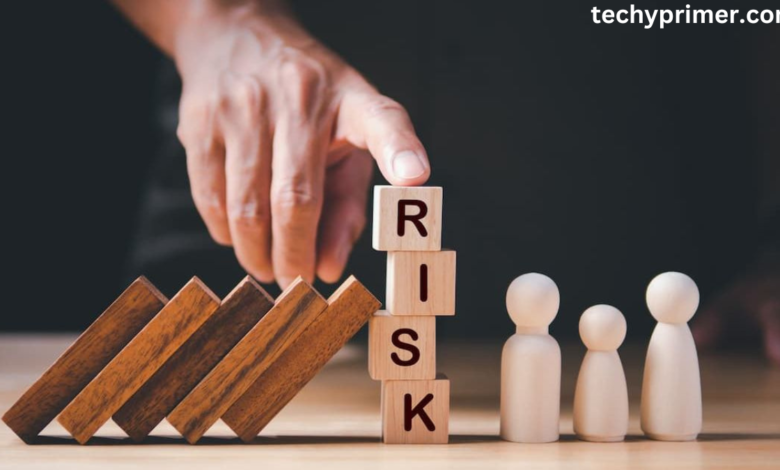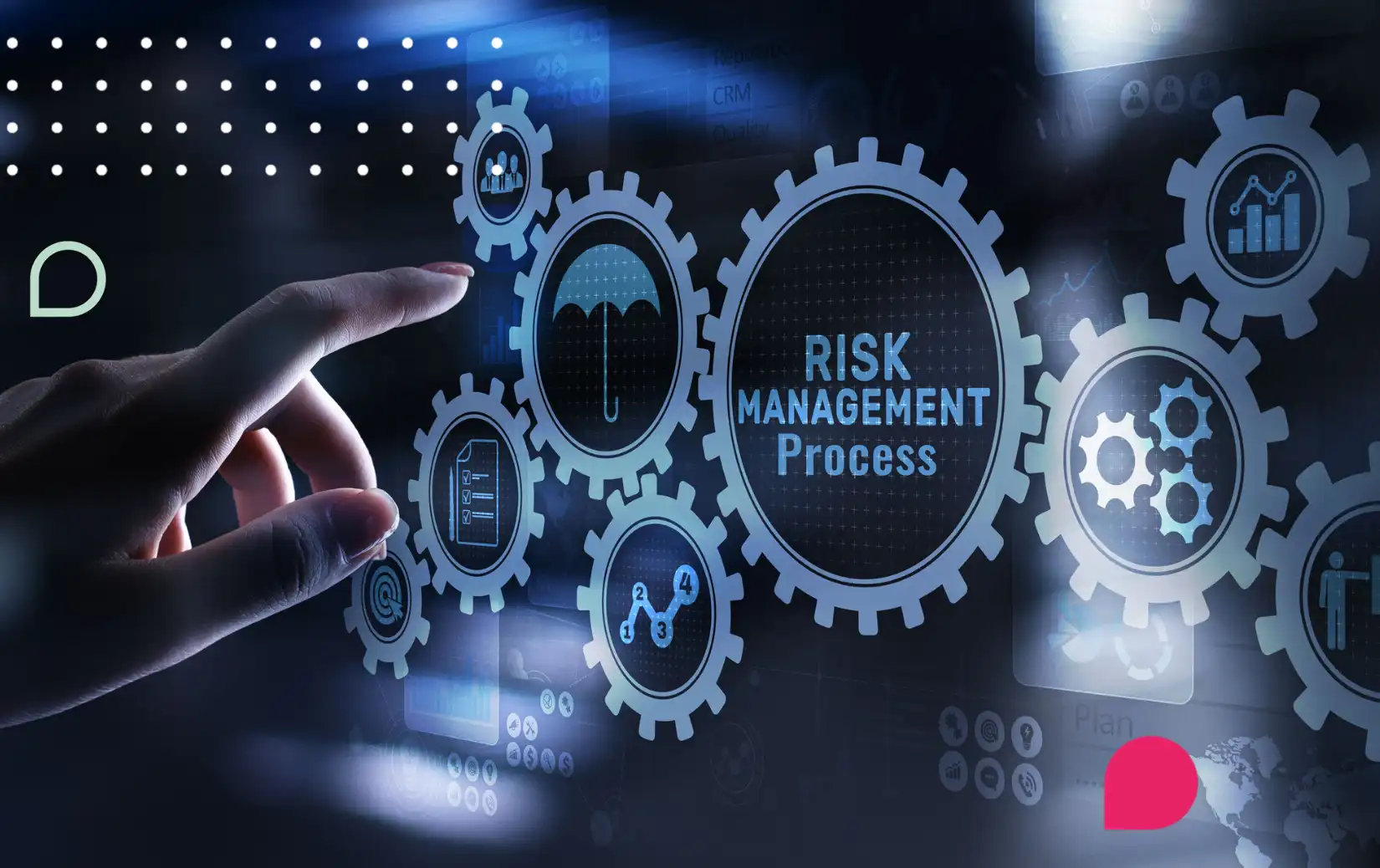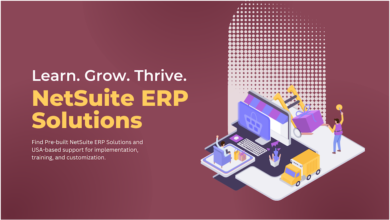Understanding Risk Management: Navigating Uncertainty with Confidence

Risk management is a fundamental aspect of decision-making in any organization. It involves identifying, assessing, and prioritizing risks followed by coordinated efforts to minimize, monitor, and control the probability of unfortunate events. This article will explore the essential components of risk management, its importance, methodologies, and best practices, all while maintaining a casual tone that makes complex ideas accessible.
What is Risk Management?
Risk management is a systematic process of understanding and addressing risks that could potentially affect an organization’s operations, assets, or reputation. In simpler terms, it’s about preparing for the unexpected. Whether you’re running a small business or managing a large corporation, risk management helps you navigate uncertainties that could derail your plans.
At its core, risk management consists of several stages: identification, assessment, response planning, and monitoring. This cyclical approach ensures that risks are not only identified but also continuously managed as the environment and organizational dynamics change.
Importance of Risk Management

Proactive Decision-Making: One of the most significant benefits of risk management is that it encourages proactive decision-making. Instead of waiting for a problem to arise, organizations can anticipate challenges and create strategies to address them. This proactive approach not only helps in mitigating risks but also fosters a culture of preparedness within the organization.
Resource Optimization: Effective risk management allows organizations to allocate their resources more efficiently. By understanding where potential risks lie, businesses can invest in areas that truly matter, ensuring that time, money, and manpower are not wasted on low-priority issues.
Enhanced Reputation: In today’s interconnected world, an organization’s reputation can be its most valuable asset. By actively managing risks, organizations demonstrate to stakeholders, customers, and employees that they are responsible and capable of handling challenges, which can significantly enhance their reputation.
The Risk Management Process
The risk management process is a structured approach that involves several key steps. Each step plays a crucial role in developing an effective risk managemen strategy.
Risk Identification
Risk identification is the first and perhaps the most critical step in the risk management process. It involves recognizing potential risks that could impact the organization. These risks can stem from various sources, including financial, operational, strategic, compliance, and reputational factors.
Organizations typically use a combination of techniques to identify risks, such as brainstorming sessions, expert interviews, and historical data analysis. It’s essential to create an inclusive environment where team members feel comfortable voicing their concerns, as diverse perspectives can lead to a more comprehensive risk identification process.
Risk Assessment
Once risks have been identified, the next step is to assess their potential impact and likelihood. This involves analyzing each risk to determine its significance to the organization. Risk assessment can be qualitative, quantitative, or a combination of both.
Qualitative assessments often use a risk matrix to evaluate the severity and likelihood of risks. In contrast, quantitative assessments may involve numerical data to gauge potential financial losses. The goal is to prioritize risks based on their potential impact, allowing organizations to focus on the most critical issues.
Risk Response Planning
After assessing risks, organizations must develop strategies to respond to them. This can involve several approaches, including risk avoidance, reduction, transfer, or acceptance.
Risk Avoidance: This involves changing plans to sidestep potential risks altogether. For example, if a company identifies that entering a new market poses significant risks, it may choose not to pursue that opportunity.
Risk Reduction: Organizations can implement measures to lessen the likelihood or impact of risks. This might involve enhancing security protocols or diversifying suppliers to mitigate supply chain risks.
Risk Transfer: Transferring risk usually involves shifting the burden to a third party, such as purchasing insurance or outsourcing certain operations.
Risk Acceptance: In some cases, organizations may decide to accept the risk if the potential impact is minimal or if the cost of mitigation is greater than the risk itself.
Monitoring and Review
Risk management is an ongoing process. After implementing risk responses, organizations need to monitor and review their effectiveness continually. This involves keeping track of risks and assessing whether the chosen strategies are working or if adjustments are necessary.
Regular reviews ensure that the risk management plan remains relevant and effective, especially in the face of changing market conditions, new regulations, or emerging risks.
Types of Risks
Understanding the various types of risks is crucial for effective risk management. Here’s a look at some common categories:
Financial Risks
Financial risks are associated with fluctuations in financial markets that can affect an organization’s profitability. This includes credit risk (the risk of default on a debt), market risk (the risk of losses due to market fluctuations), and liquidity risk (the risk of being unable to meet short-term financial obligations).
To manage financial risks, organizations often employ techniques such as hedging, diversification, and maintaining robust financial controls.
Operational Risks
Operational risks arise from internal processes, people, and systems. This includes risks associated with supply chain disruptions, equipment failures, or human errors. Organizations can mitigate operational risks by implementing standardized procedures, conducting regular training, and investing in technology.
Strategic Risks
Strategic risks are related to high-level decisions that affect the direction of the organization. These can arise from changes in market conditions, competitive pressures, or regulatory shifts. To manage strategic risks, organizations must engage in thorough market analysis and maintain flexibility in their strategic plans.
Compliance Risks
With ever-changing regulations, compliance risks can significantly impact an organization. These risks arise from failing to adhere to laws, regulations, or standards. Regular audits, compliance training, and legal consultations can help organizations navigate compliance risks effectively.
Tools and Techniques for Risk Management
In the world of risk management, several tools and techniques can help streamline the process and enhance effectiveness. Here are some popular ones:
Risk Matrices
Risk matrices are visual tools that help organizations assess the likelihood and impact of identified risks. By plotting risks on a grid, organizations can easily prioritize them and determine where to focus their efforts.
SWOT Analysis
SWOT analysis (Strengths, Weaknesses, Opportunities, Threats) is a strategic planning tool that can also be used in risk management. By evaluating internal and external factors, organizations can identify potential risks and develop strategies to address them.
Scenario Analysis
Scenario analysis involves creating hypothetical scenarios to assess how different risks could impact the organization. By exploring various “what if” scenarios, organizations can better prepare for potential challenges and develop contingency plans.
Risk Management Software
Many organizations utilize specialized risk management software to streamline their processes. These tools can help automate risk assessments, track risks, and generate reports, making it easier to manage risks effectively.
Best Practices in Risk Management
To achieve effective risk management, organizations should adhere to several best practices:
Foster a Risk-Aware Culture
Creating a culture that emphasizes the importance of risk management is crucial. Employees at all levels should feel empowered to identify and report risks. Regular training sessions can help reinforce this culture and ensure that everyone understands their role in managing risks.
Engage Stakeholders
Involving stakeholders in the risk management process can lead to more comprehensive risk identification and assessment. This collaboration can include employees, customers, suppliers, and even regulatory bodies, depending on the organization’s nature.
Regular Training and Development
Continuous training on risk management practices and principles ensures that employees remain informed and prepared. This could involve workshops, e-learning modules, or even simulations that allow employees to practice responding to potential risks.
Stay Informed
The landscape of risks is constantly changing, influenced by technological advancements, regulatory changes, and global events. Staying informed about emerging risks and trends is vital for effective risk management. Organizations should invest in ongoing research and analysis to remain proactive.
The Role of Technology in Risk Management
In the digital age, technology plays a pivotal role in enhancing risk management efforts. Here’s how:
Data Analytics
Data analytics enables organizations to analyze vast amounts of data to identify patterns and trends that may indicate potential risks. By leveraging big data, organizations can make more informed decisions and improve their risk assessments.
Automation
Automation streamlines the risk management process, reducing the time and effort required to conduct assessments and monitor risks. Automated systems can provide real-time updates and alerts, allowing organizations to respond quickly to emerging threats.
Artificial Intelligence
AI can enhance risk management by providing predictive analytics that help organizations foresee potential risks before they materialize. Machine learning algorithms can analyze historical data and identify warning signs, enabling proactive measures.
Cloud Computing
Cloud-based risk management solutions provide flexibility and scalability, allowing organizations to adapt their risk managemen strategies as needed. These solutions also facilitate collaboration across teams, making it easier to share information and insights.
Challenges in Risk Management
Despite its importance, organizations often face several challenges in implementing effective risk management practices. Here are a few common hurdles:
Resistance to Change
Employees may resist new risk management practices, especially if they perceive them as burdensome. Overcoming this resistance requires clear communication about the benefits of risk management and how it contributes to the organization’s success.
Lack of Resources
Limited resources can hinder an organization’s ability to implement comprehensive risk management strategies. This includes financial constraints, insufficient staff, or lack of access to technology. Organizations must prioritize risk management and allocate necessary resources accordingly.
Complexity of Risks
The complexity and interconnectedness of modern risks can make them challenging to manage. Organizations may struggle to understand how different risks impact one another and how to develop effective responses. A structured approach to risk management can help simplify this complexity.
Keeping Up with Regulatory Changes
Regulatory changes can significantly impact risk management practices. Organizations must stay informed about relevant regulations and ensure that their risk management strategies align with legal requirements.





